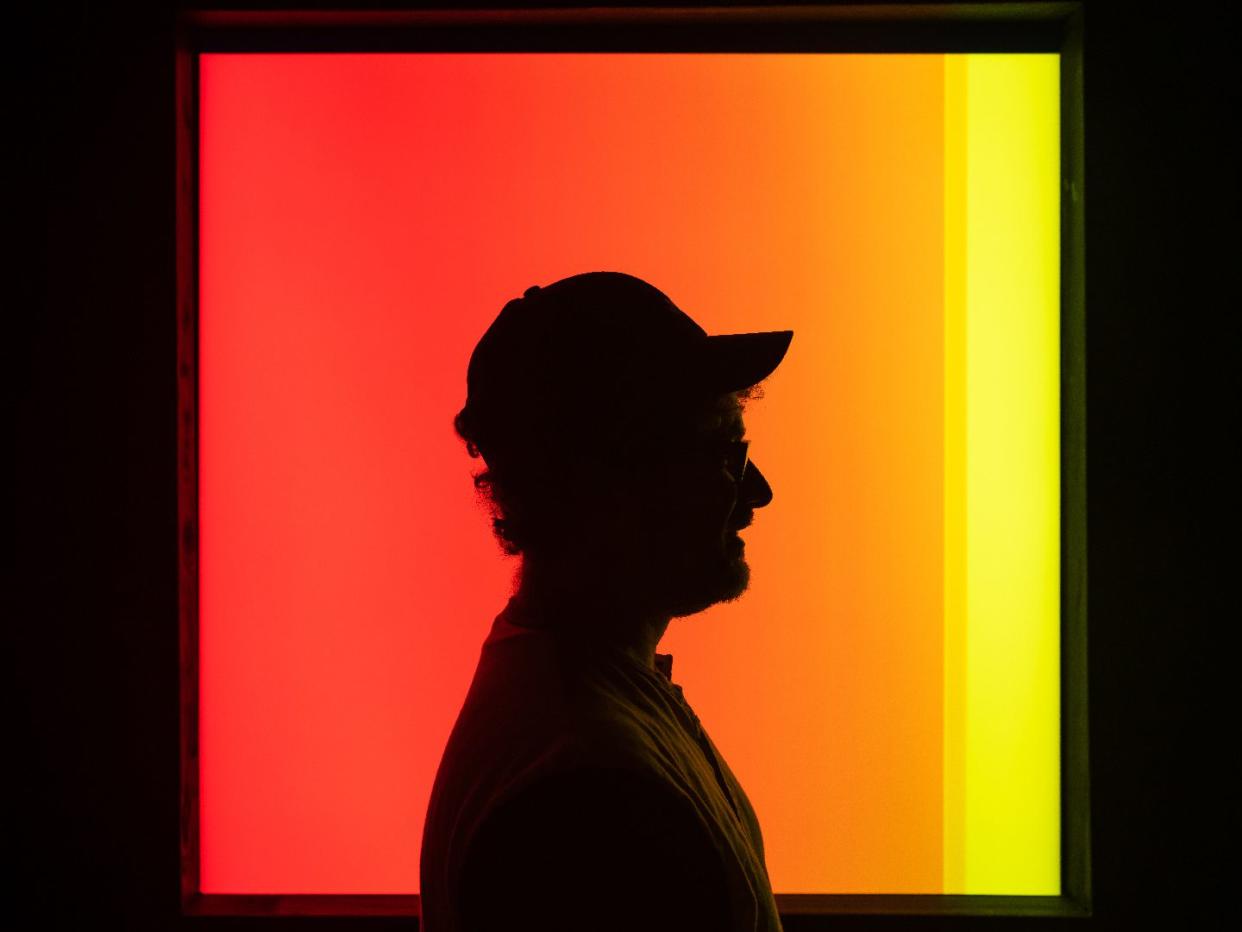The Artist/CEO Generating $1.4B – and Growing – in Generative Art Sales

On Erick Calderon’s LinkedIn page, he is still listed as the president of La Nova Tile Importers, a “family owned and operated porcelain and ceramic tile and slab importer.” In many ways Calderon is still in the business of tiles, but these days the expression of creativity is code, not clay, and the designs are not in kitchens or offices but in crypto wallets and hanging in virtual galleries in the metaverse.
In 2022, Calderon’s company, Art Blocks, firmly established blockchain-based generative art as a significant and important new creative movement. With traditional and new collectors accounting for over $172 million in primary sales so far this year, and with showings in some of the top auction houses and galleries in the world, generative art is having a serious moment. Additionally, many of the top Art Blocks projects have defied the macro trend of non-fungible tokens (NFT) underperforming and declining in cost. Art Blocks drops in 2022 have been some of the best investments in the NFT ecosystem, while profile picture (PFP) projects including Bored Ape Yacht Club, Doodles and Moonbirds have seen their floor prices drop from recent highs.
Erick “Snowfro” Calderon has put in the hours to make Art Blocks work. Calderon began coding at the age of seven and has had entrepreneurial aspirations since college. His artist handle, Snowfro, was originally given to him by a college friend based both on his signature hair style and because he was starting a Snow Cone enterprise at the University of Texas that became SnowFro Refreshments. While working in his tile business, Calderon started getting into the blockchain, first with Bitcoin and then with Ethereum, where he started teaching himself to write smart contracts.
In 2017, after seeing a post on Reddit about a new project called CryptoPunks, he started to mint Punks – a lot of Punks. As he explored all of the rarity traits behind the pixelated 24-inch-by-24-inch pixel portraits and how smart contracts enabled both the creator as well as the person minting the work to have participation in their output, the idea for Art Blocks was born.
For those new to non-fungible tokens (NFT) you should know that Art Blocks, the company Calderon founded and where he serves as CEO, is a pretty big deal. Total sales on Art Blocks artwork have been more than $1.4 billion on primary and secondary markets, and it has been at the epicenter of the recent generative art movement. Generative art is produced by an algorithm. While the shapes, style and palette are determined by the artists, the outputs have randomness built in; unpredictability is what makes each version unique.
While generative art has been around for decades, the Art Blocks platform allows creative coders to have a place to mint and sell their creations directly to collectors and the audience has grown significantly since it launched two years ago.
Snowfro is one of the most popular artists on the Art Blocks platform. To buy one of his 9,700 unique Chromie Squiggles at current prices would cost around $15,000 for a common one. In September 2021 a collector paid almost $3 million for Chromie Squiggle #4697, which has very rare traits. Not a bad return on investment for the collector who initially minted the piece for 0.035 ETH, about $23 at the time. Snowfro is not the only artist from Art Blocks whose work sold for giant sums. Dmitri Cherniak’s Ringers #109 sold for $7 million inOctober while a number of Tyler Hobbs’ Fidenza series fetched more than seven figures.
When asked why generative art has found such a fan base among the crypto crowd, Calderon is both humble and a bit surprised, “I didn’t expect it to be so native, it was such a niche thing. It was hard to envision this product market fit or this distribution mechanism that we’re seeing where an artist can sell something to 1,000 people in five minutes and they are all unique. I didn’t expect that level of demand.” Calderon said, “It wasn’t until 100,000 smart contract tokens were minted that I was like, oh yeah, it might be the most compatible form of art on the blockchain.”
Much of the NFT conversation in 2022 has centered around artist royalties and whether platforms should allow buyers to avoid them, Art Blocks and Calderon are firmly on the side of the artist. “It’s been really wonderful to see this distribution mechanism for artists to be found,” he said. “We have a community of artists that are thriving and get to quit their jobs and pursue art full time, and you have these collectors that sell art and can profit based on the quality of their eye.” Art Blocks has earned over $82 million in royalties for artists to date, second only to Yuga Labs.
What excites Calderon going into 2023? He hopes to continue the mission of creating a marketplace where artists and collectors can connect. “No guarantees what the future holds,” Calderon said, “but it seems that art can be a little more untethered from the typical crypto macro. It was beautiful to see that we have already been untethered from the crypto macro and what led us there was having a very firm vision of what we want which is to sell art, support artists and engage collectors in a way that this technology enables and enables very very well.”
In addition, Art Blocks has introduced Art Blocks Engine, essentially a white-labeled back-end that allows creators, partners and brands to use NFTs as a way to connect deeper with their communities.
Disclosure: The author has held a Chromie Squiggle in a crypto wallet since 2021.

